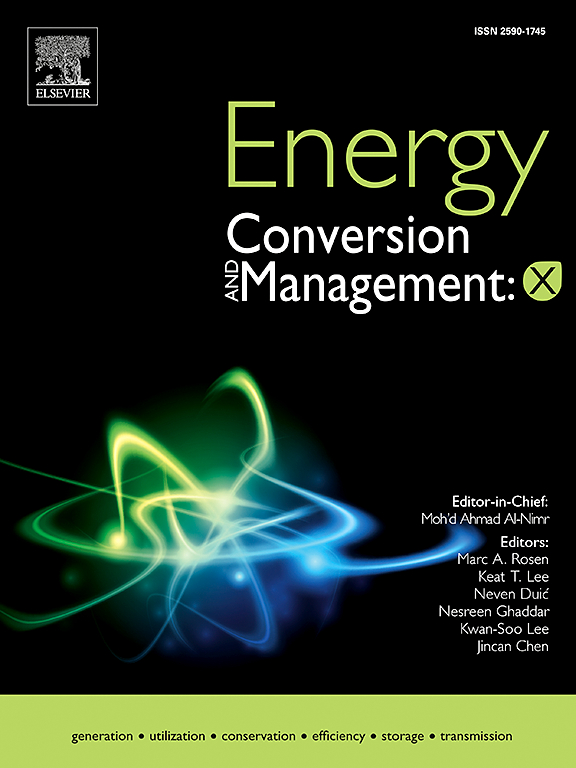Yarn-electrospun PVDF-HFP/CNC smart textiles for self-powered sensor in wearable electronics
IF 7.1
Q1 ENERGY & FUELS
引用次数: 0
Abstract
The advancement of portable or wearable electronics has promoted research into flexible power sources that can be integrated seamlessly into devices. Wearable electronics, such as fitness tracking device, smart clothing, and medical sensors, require power sources that not only generate energy but also adapt to dynamic environments. To address such demand, we produced a self-powered device composed of electrospun PVDF-HFP/cellulose nanocrystal (CNC) composite yarns, which serve both as a flexible power source converting mechanical energy to electrical output and as a sensor providing real-time motion monitoring. As an example of its application, the self-powered device was integrated with touchscreen gloves to explore its functionality. Our results showed that CNC promoted β phase formation in PVDF-HFP, improving its piezoelectric and mechanical properties. The maximum voltage output obtained from the PVDF-HFP/CNC self-powered device was 21.2 V under compressive loads of 20 N at 0.5 Hz. The touchscreen glove integrated with the device offered good sensing performance to detect finger motions, such as single- and double-click or dragging even under sub-zero temperatures. The success of developing such sensor-integrated touchscreen gloves paves new avenues for human-technology interactions, highlights the dual functionality of these yarns as power sources and sensors, and represents a milestone in broadening the applications of wearable technologies.

求助全文
约1分钟内获得全文
求助全文
来源期刊

Energy Conversion and Management-X
Multiple-
CiteScore
8.80
自引率
3.20%
发文量
180
审稿时长
58 days
期刊介绍:
Energy Conversion and Management: X is the open access extension of the reputable journal Energy Conversion and Management, serving as a platform for interdisciplinary research on a wide array of critical energy subjects. The journal is dedicated to publishing original contributions and in-depth technical review articles that present groundbreaking research on topics spanning energy generation, utilization, conversion, storage, transmission, conservation, management, and sustainability.
The scope of Energy Conversion and Management: X encompasses various forms of energy, including mechanical, thermal, nuclear, chemical, electromagnetic, magnetic, and electric energy. It addresses all known energy resources, highlighting both conventional sources like fossil fuels and nuclear power, as well as renewable resources such as solar, biomass, hydro, wind, geothermal, and ocean energy.
 求助内容:
求助内容: 应助结果提醒方式:
应助结果提醒方式:


